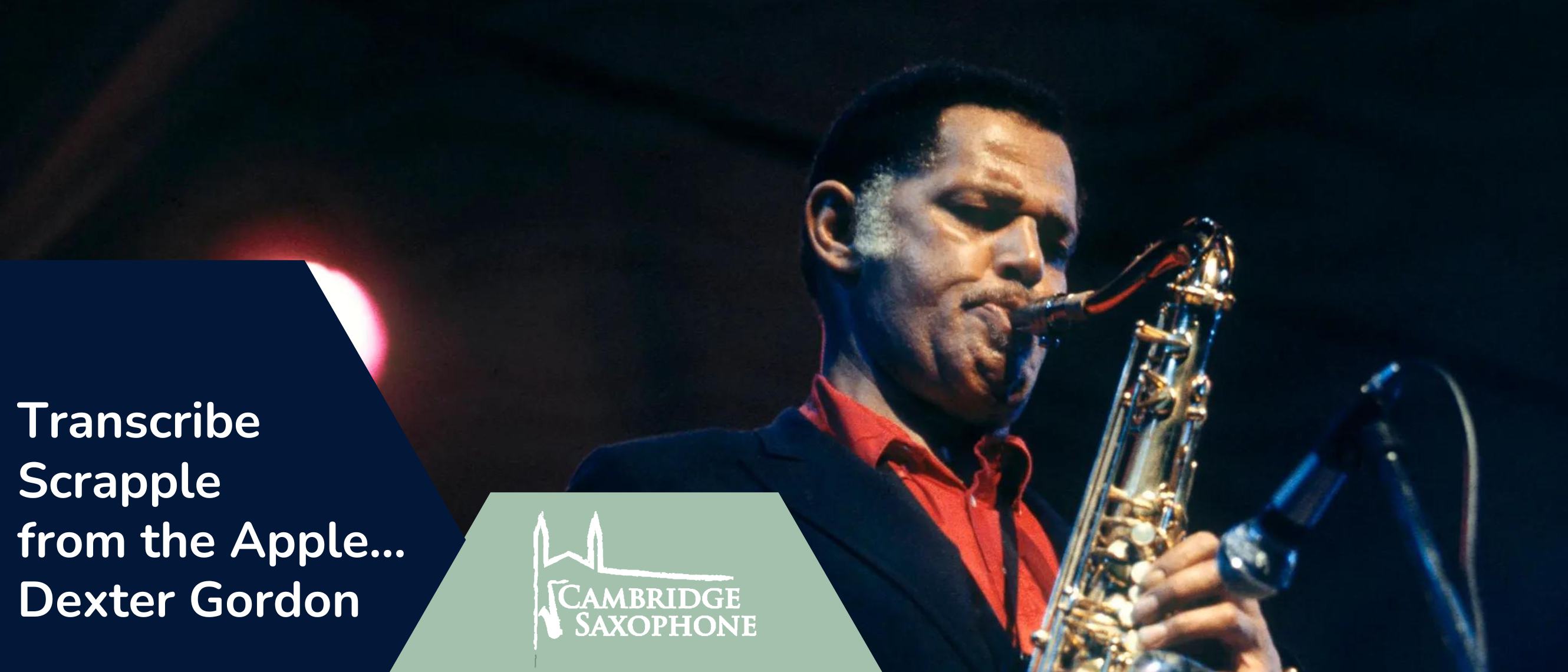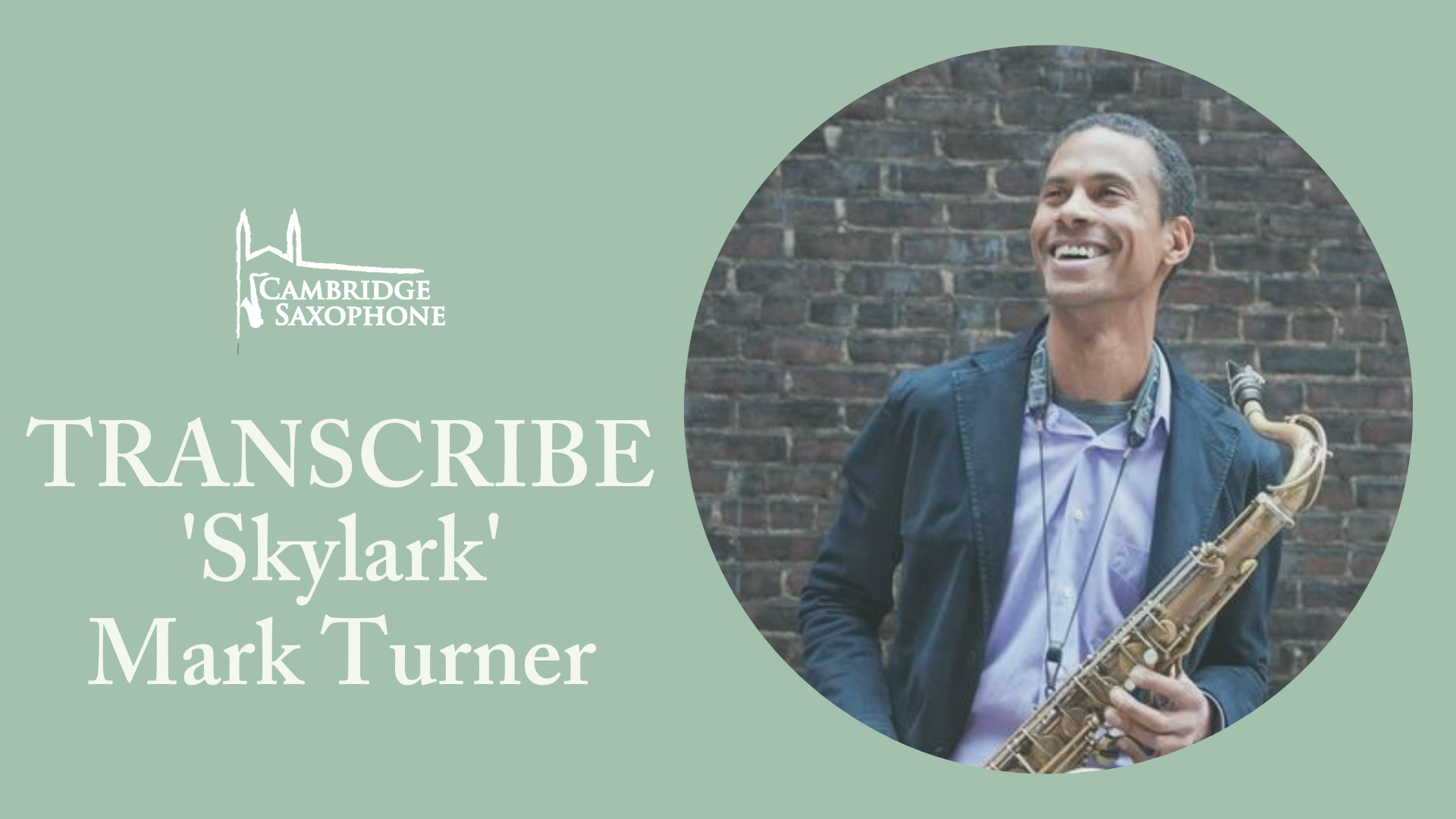The Jazz Standard ‘Autumn Leaves’ was composed by Hungarian composer Joseph Kosma in 1946.
Kosma was a native of Hungary who was introduced to Prévert in Paris. They collaborated on the song Les Feuilles mortes (“The Dead Leaves”) for the 1946 film Les Portes de la nuit (Gates of the Night) where it was sung by Irène Joachim.[1] The song was recorded steadily throughout the 1950s by leading pop vocalists including Bing Crosby (1950), Nat King Cole (1955), Doris Day (1956), and Frank Sinatra (1957). It was also quickly adopted by instrumental jazz artists including Artie Shaw (1950), Stan Getz (1952), Erroll Garner and Ahmad Jamal (separately in 1955), Duke Ellington (1957), and Cannonball Adderley and Miles Davis (together in 1958). In 2012, jazz historian Philippe Baudoin called the song “the most important non-American standard” and noted that “it has been recorded about 1400 times by mainstream and modern jazz musicians alone and is the eighth most-recorded tune by jazzmen.”[5] The Les Feuilles Mortes performance by Yves Montand video was officially uploaded to YouTube in 2010; it has over 10 million views as of December 2020.
Why are we learning it in all 12 keys?
Autumn Leaves features two simple harmonic progressions
ii V I IV in the major key (Cm |F7 | Bb | Eb)
& ii V7(b9) I in the minor key (Am7b5 | D7b9 | Gmin)
This chord sequence is found in 1000’s of different songs and any jazz improviser worth their salt will be continually working on them. In fact, the late great Michael Brecker once said that if he could only practice one thing, it would be ‘working on my ii V I’s!
What are we covering in this course?
- Learning the melody in all 12 keys – the melody is one of the best, let’s take what we can learn from it and use it our solos and compositions!
- How to build killer ii V I lines in both the major and minor keys
- How the Diminished scale works over both progressions
- Which Scales and Arpeggios we need to work our own lines.
- Training our ear to ‘hear’ these progressions – so we don’t need to see them written down!
**DID YOU KNOW WITH PLATINUM MEMBERSHIP YOU CAN WATCH OVER 400 VIDEO LESSONS FOR JUST ONE PAYMENT? LIFETIME MEMBERSHIP CAN BE YOURS TODAY**



